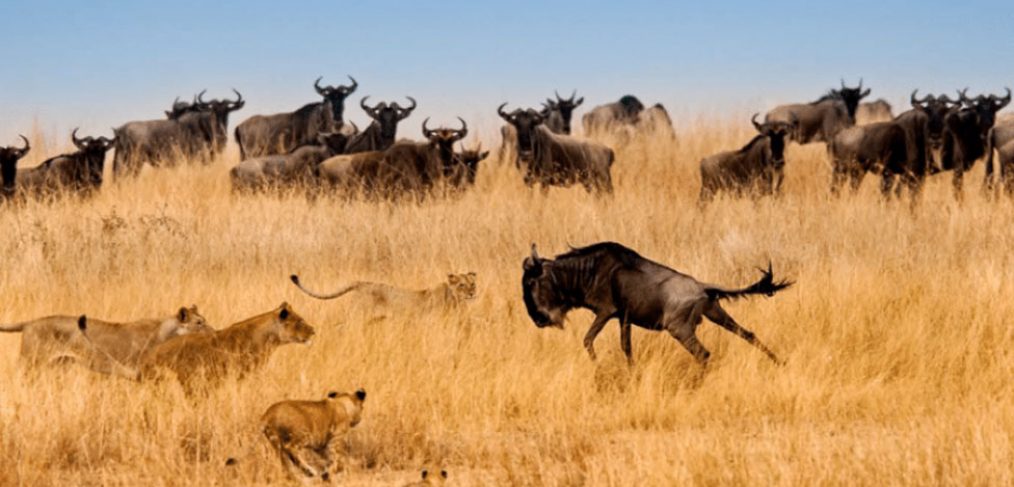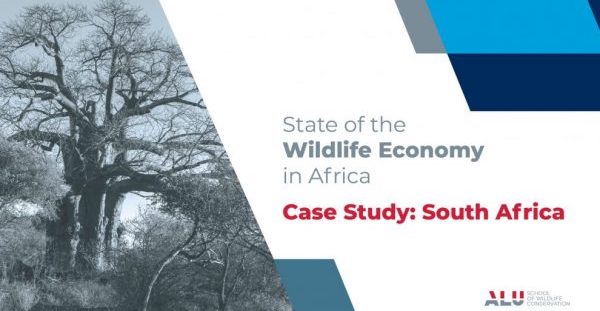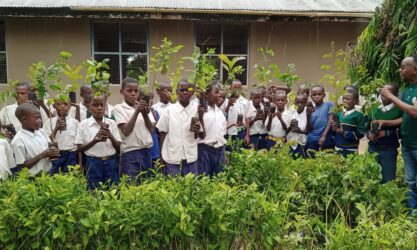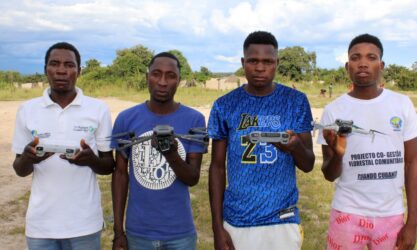
Unlocking Africa’s wildlife economy by Sue Snyman PhD
The old adage of ‘you can’t manage what you don’t measure’ applies equally to wildlife. Our recent State of the Wildlife Economy in Africa report clearly shows that we do not measure the value of wildlife in Africa very well.
So, it would follow that we don’t manage it very well either? Understanding the value that wildlife provides to local, national and regional economies is much needed to encourage investment in wildlife – the asset base of the wildlife economy – as well as to encourage governments to see wildlife as a key strategic asset.
Wildlife – defined as marine and terrestrial fauna and flora – offers a key comparative advantage for Africa as it already plays an important role in local livelihoods, as well as macro-economies. Despite the large lack of, and inconsistencies in, data, our report still shows that the wildlife economy contributes hugely to employment and revenues across Africa. We define the wildlife economy as follows:
“The wildlife economy uses indigenous wildlife, both plants and animals (marine and terrestrial), as an economic asset to create value that aligns with conservation objectives and delivers sustainable growth and economic development”

The impact of COVID-19 and its lessons
For many years, the focus of the wildlife economy has been on ecotourism, but COVID-19 and the catastrophic impacts of the pandemic on the tourism industry have highlighted, even further, the huge need to diversify the wildlife economy, to build resilience and reduce risk. Other potential activities include wildlife ranching, carbon projects, film and photography, wildlife estates, non-timber forest products and fisheries. Our report provides details on each of these, as well as on ecotourism and hunting, with examples of their value in different countries, as well as the potential challenges and opportunities related to each. Despite large data gaps, there are still many examples illustrating the huge value of the wildlife economy, locally and nationally:
Ecotourism: The wildlife safari industry in Africa is estimated at between USD 12.4 billion (direct) and USD 42.9 billion (total)
Wildlife ranching: In South Africa, the sale of wild meat generates USD 56 million annually
Fishing: 25% of all marine catches in Africa are by non-African countries
Fisheries and aquaculture directly contribute USD 24 billion to the African economy
Carbon: Carbon markets present an untapped opportunity
Zambia REDD+ paid approx. USD 2.3 million to 13 communities in the Luangwa Valley
Non-timber forest products: The value of honey produced in Africa increased from USD 159 million in 2005 to USD 384 million in 2016. Most is consumed locally, potential for growth in exports.
Sources: Kitshoff-Botha, 2020; KNBS, 2019; KWS, 2019; Laube, 2015; Mohammed & Al-hassan (2013); PSGE, 2021; Timko et al., 2010
From the country case studies:
• Ghana: Fisheries support 3.1 million people & the value of fish landed annually is USD 1 billion
• Gabon: Economic potential of NTFPs: more than USD 180 million in added value
• Kenya: 25,000 MT of honey valued at USD 40.4 million annually, employing 91,000 people directly & supporting livelihoods of over half a million people
• Rwanda: USD 2.85 million shared with communities from tourism in 2019
• South Africa: estimated size of biotrade in 2013 was USD 39 million, with domestic retail value of approx. USD 155 million
Sources: Kitshoff-Botha, 2020; KNBS, 2019; KWS, 2019; Laube, 2015; Mohammed & Al-hassan (2013); PSGE, 2021; Timko et al., 2010
Our report emphasises the need to raise awareness and increase knowledge related to different wildlife economy activities as, for various historical reasons including a disproportionate focus on ecotourism, many stakeholders, especially communities are not aware of alternatives or how and where they can get involved.
We also need institutional arrangements for benefit-sharing, to ensure greater inclusiveness and equity and to garner support from local communities. Essential to the long-term sustainability of wildlife and wildlife economies is investment by government, the private sector and communities in wildlife – the asset base of the wildlife economy.
The pandemic has highlighted the importance of collaboration and strategic partnerships at all levels and this also applies to the wildlife economy, as well as the need for a government strategy to provide direction, guidance and structural coordination to all stakeholders. The wildlife economy includes a diverse range of stakeholder groups covering numerous sectors and strategic direction is important to avoid overlapping mandates, a lack of role clarity and conflicting policies and actions.
Diversifying wildlife economy activities and products is important to reduce risk, build resilience and engage more stakeholders, sharing benefits more widely. Establishing rigorous data collection and analysis protocols for Africa, at all levels from the community to national levels, which allow for comparable data over time and will be essential to enable data-driven decision-making.
We need to change the narrative about wildlife! Wildlife is a key strategic asset contributing to development and livelihoods and we need to grow this asset and invest in it

About the author:
Susan Snyman, PhD, is the Director of Research at the African Leadership University’s School of Wildlife Conservation. Previously, Sue worked for Wilderness Safaris, a private sector ecotourism operator, for 10 years in various roles, including as Group Sustainability Manager. She is vice-chair of the IUCN WCPA Tourism and Protected Areas Specialist (TAPAS) Group and Coordinator of the Communities & Heritage Working Group in TAPAS. She recently managed the Biodiversity and Protected Areas Management Programme for IUCN in 24 countries in Africa. Her research and work focus is on sustainable, diversified wildlife economies in Africa.
Twitter: @SueSnyman ; @aluconservation
LinkedIn: Sue Snyman ; ALU School of Wildlife Conservation


